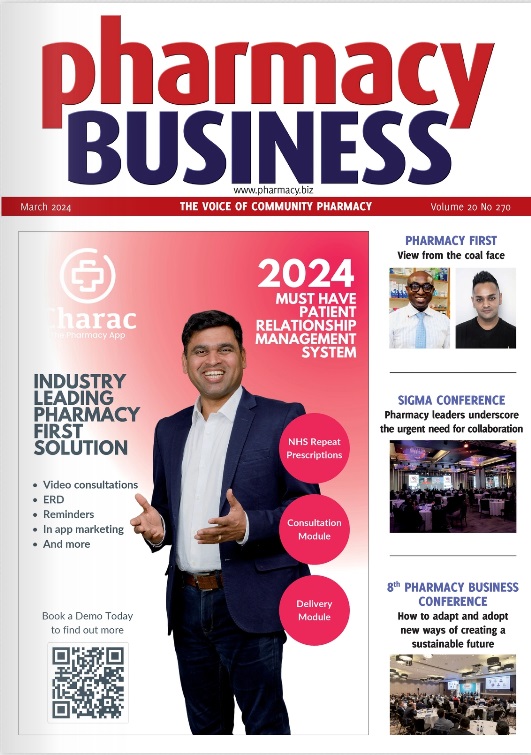At a time of digital everything, many businesses are asking themselves whether it’s worth spending time and money on printed communication at all. But there’s a lot to think about when finding the right balance between online and offline communication, and for pharmacists, there are compelling arguments for getting it right.
There’s no denying that online efforts including content marketing and SEO can pay off. Increasingly, consumers search the internet for the best deals on specific products they want, including for information on opening times and other important details. In marketing, however, so-called touch points are crucial to any successful strategy, helping you to analyse the various ways in which existing and potential customers get in contact with your brand.
The thinking behind the theory of touch points is that every interaction with your brand impacts the way a person feels about it. Online, that means everything from usability on your website to tone of voice used in adverts and other content. But if it ends there, you miss out on a number of very effective ways to talk to your audience – not least considering, as a pharmacy, a significant part of your audience is right there, in or near your bricks-and-mortar shop.
Printed marketing materials for up-selling and building trust
Think of the impact a window poster or a beautifully designed product list can have on a customer who is just about to make a decision on whether or not to step inside, or whether to buy a specific product in your pharmacy or online. On this, the research is very clear: the retention rate of printed content is much higher than that of anything on the web. The reader will engage with it more, understand it better, and value it more highly. There’s an element of trust there: it’s harder to question the branded printed communication you’re holding in your hand than it is a pop-up advert online.
In part, this is about customer retention; a person who’s already chosen to walk into your shop is reminded of the value of all that you do, and reminded to support your business in every way they can. There are many ways in which pharmacies already use these kinds of marketing strategies very effectively, whether consciously or not. Customers who pop in to collect a prescription are nudged in the direction of purchases that were perhaps at the back of their minds or on a list for another day. Seasonal special offers presented in the style of a catalogue, leaflets presenting new brand ranges and posters presenting new deals are all very useful, crucially without the customer feeling harassed.
The inclusivity argument – a pharmacist’s responsibility
From a healthcare perspective, there’s a strong moral argument for not relying solely on online communication. You might have heard the term ‘digital divide’, which describes a reality in which those who are healthier and happier are more likely to look for health information online. In other words, those who rely on and need your information and expertise the most are more likely to fall by the wayside if sufficient offline communication materials aren’t available.
In summary, there’s little doubt that the question isn’t whether you need offline communication, but rather what different purposes online and offline communications serve. In terms of the latter, it can help bring passersby into your shop and make those already in there trust your authority. It is most certainly an effective way to communicate with your customers about the products you stock as well as new offers and deals; and, crucially, it might help those who need you most to get the accurate, timely, accessible information they need.







